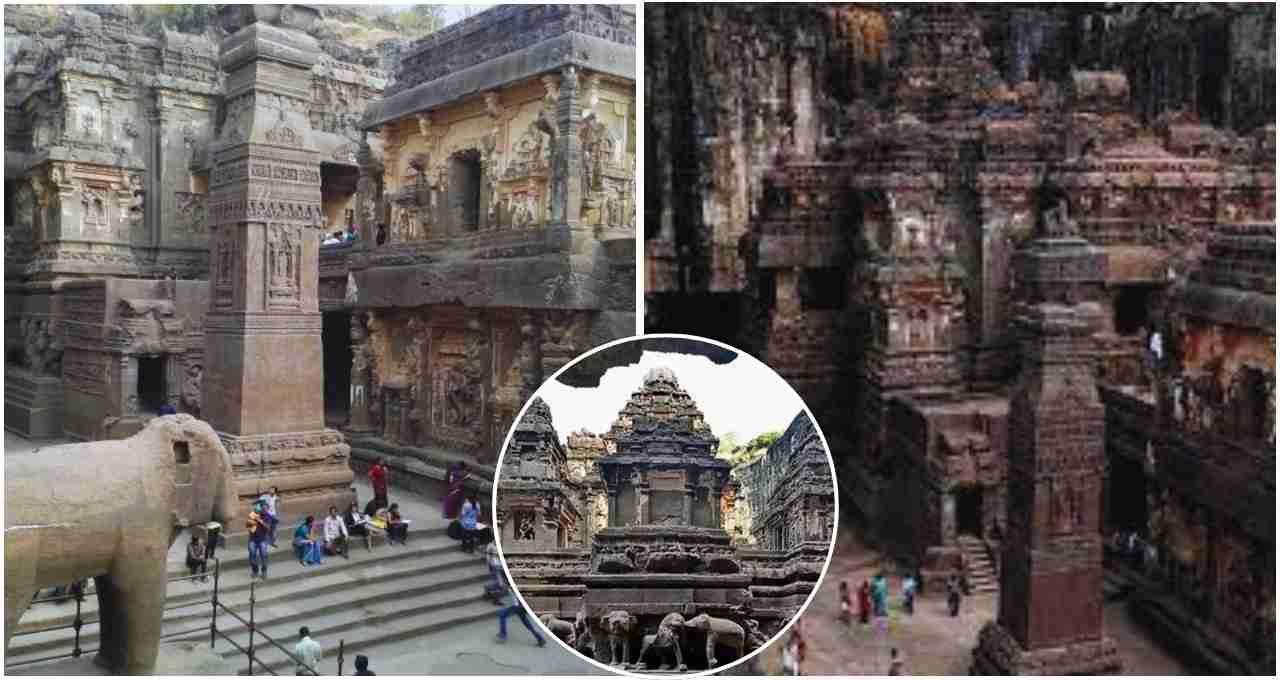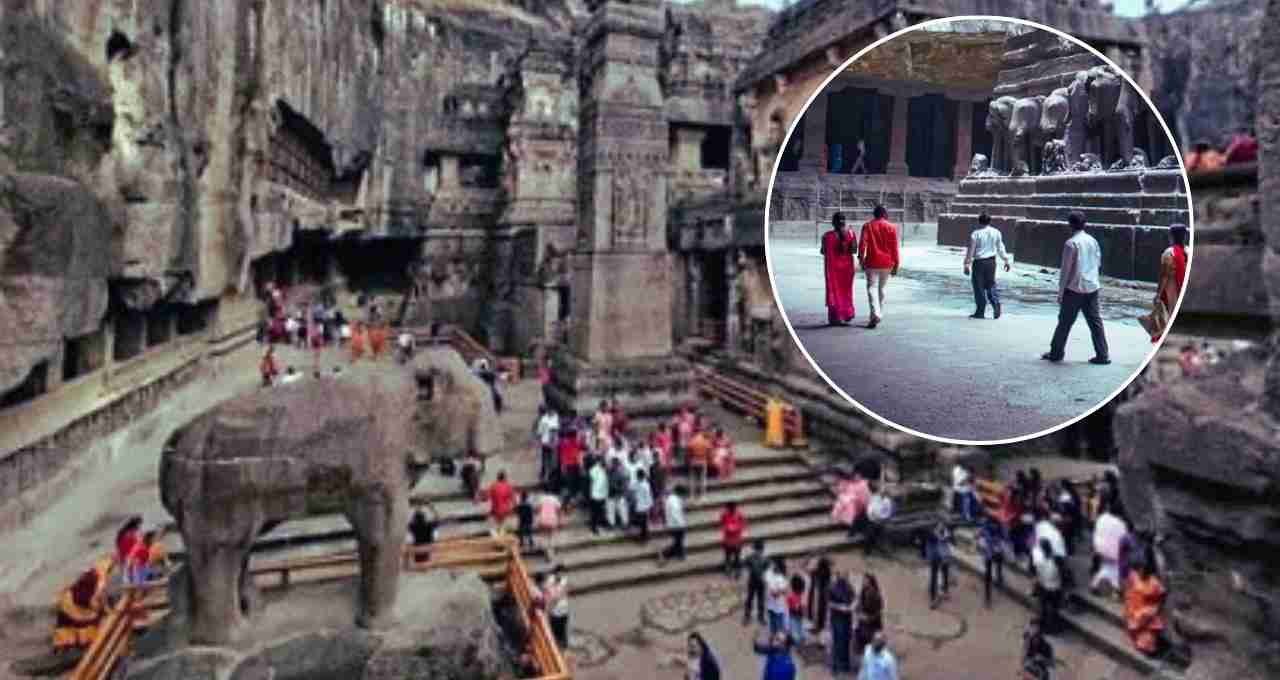India's history is replete with stunning examples of art, culture, and magnificent architecture. Among these invaluable heritages is the Kailasa Temple, located in Aurangabad, Maharashtra. This temple is not merely a place of worship but a breathtaking blend of Indian architecture, engineering, and religious devotion. Let's explore the history, construction, and grandeur of this temple in detail.
Where is the Kailasa Temple located?
The Kailasa Temple is situated amidst the world-famous Ajanta and Ellora Caves in the Aurangabad district of Maharashtra state. The Ellora Caves are a UNESCO World Heritage Site, comprising 34 caves, with Cave 16 housing the Kailasa Temple. Thousands of Indian and foreign tourists visit this temple every year.
Construction and History of the Kailasa Temple
The Kailasa Temple was constructed between the 8th century (approximately 757-783 AD). It was commissioned by the powerful Rashtrakuta dynasty ruler, King Krishna I. King Krishna I had it built as a divine abode resembling Lord Shiva's Kailash mountain. It is believed that the king's faith and devotion were the primary driving forces behind the temple's construction. He built it in honor of Lord Shiva and Goddess Parvati.
According to historians, constructing this massive temple would have taken several decades. Thousands of artisans and craftsmen toiled diligently on its creation. Notably, the Kailasa Temple is crafted using "rock-cut architecture," carved out of a single rock from top to bottom.
The Marvelous and Grand Architecture of the Kailasa Temple

The Kailasa Temple is considered one of India's most wondrous and magnificent temples. Its most striking feature is that it's carved from a single massive rock. It is estimated that approximately 40,000 tons of stone were removed from the rock to create this temple. Imagine the arduous task of creating such a magnificent structure without modern machinery or technology!
The temple's size, design, and carvings are so precise and beautiful that even today, experts are astonished by it. It seems as if the craftsmen who carved the rock possessed magic in their hands. The main part of the Kailasa Temple is dedicated to Lord Shiva. Additionally, the temple complex features several smaller temples, mandapas (pavilions), intricately carved pillars, and magnificent statues of deities. Two colossal elephant statues carved at the temple entrance further enhance its grandeur.
Key Features of the Temple
- Main Temple: Dedicated to Lord Shiva.
- Carvings and Statues: Inspired by the Ramayana, Mahabharata, and other religious epics.
- Monolithic Pillars and Walls: Adorned with exquisite and delicate carvings.
- Temple's Form: Built in the likeness of the Kailash Mountain in the Himalayas.
Kailasa Temple: An Engineering Marvel
Seeing the Kailasa Temple, it's natural to wonder how the artisans of that time could have completed this massive and complex structure without modern machinery. The Kailasa Temple was carved from a single rock, from top to bottom. No separate stones were added, nor was any mortar used. This itself is a remarkable feat of engineering.

The temple was constructed in such a way that its outer walls were designed first, followed by the gradual creation of the inner carvings and sculptures. This process not only showcases an excellent example of craftsmanship but also reflects the technical skill and patience of the artisans. Even today, this temple remains a mystery for millions of architects and historians, as the techniques used to build it and many related questions still await answers.
Religious Significance of the Kailasa Temple
The Kailasa Temple holds immense importance in Hinduism, as it is associated with Kailash Mountain, the abode of Lord Shiva. This temple symbolizes devotion and faith in Lord Shiva. Its purpose was to facilitate the worship and adoration of Lord Shiva. Even today, devotees come here to worship and offer their reverence at the feet of Lord Shiva.
Due to its beauty and religious significance, not only Hindus but also followers of Buddhism and Jainism visit this place. This temple is not only religiously significant but, because of its architecture and artistry, has become a cultural heritage for followers of all religions.

Why make the Kailasa Temple part of your journey?
- Historical Heritage: The Kailasa Temple is a superb example of the marvelous engineering and architecture of the 8th century. Here, you can see ancient construction techniques up close.
- Religious Site: This temple is a sacred place for Lord Shiva, where devotees experience the divine vision of Lord Shiva.
- Spiritual Energy: The atmosphere of the Kailasa Temple is conducive to peace and meditation, ideal for mental peace and spiritual growth.
- Tourist Attraction: Seeing the Kailasa Temple along with the Ellora Caves can be a fantastic experience, where you can feel Indian history and culture.














